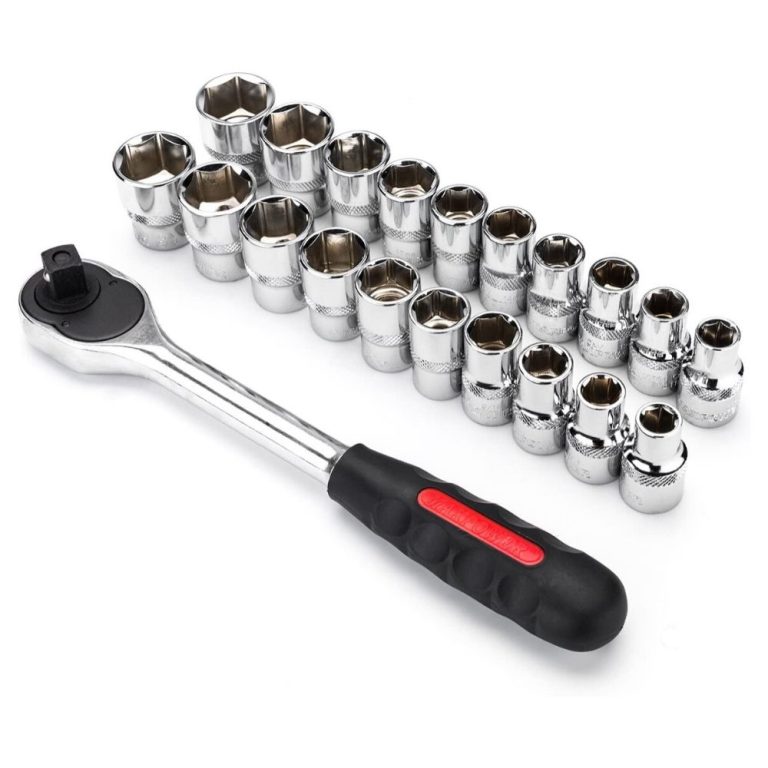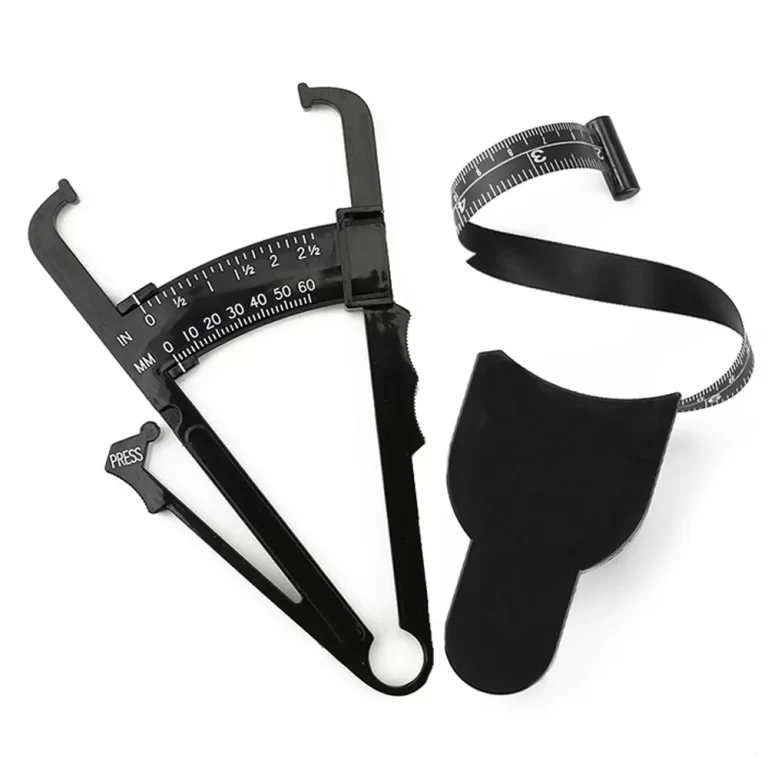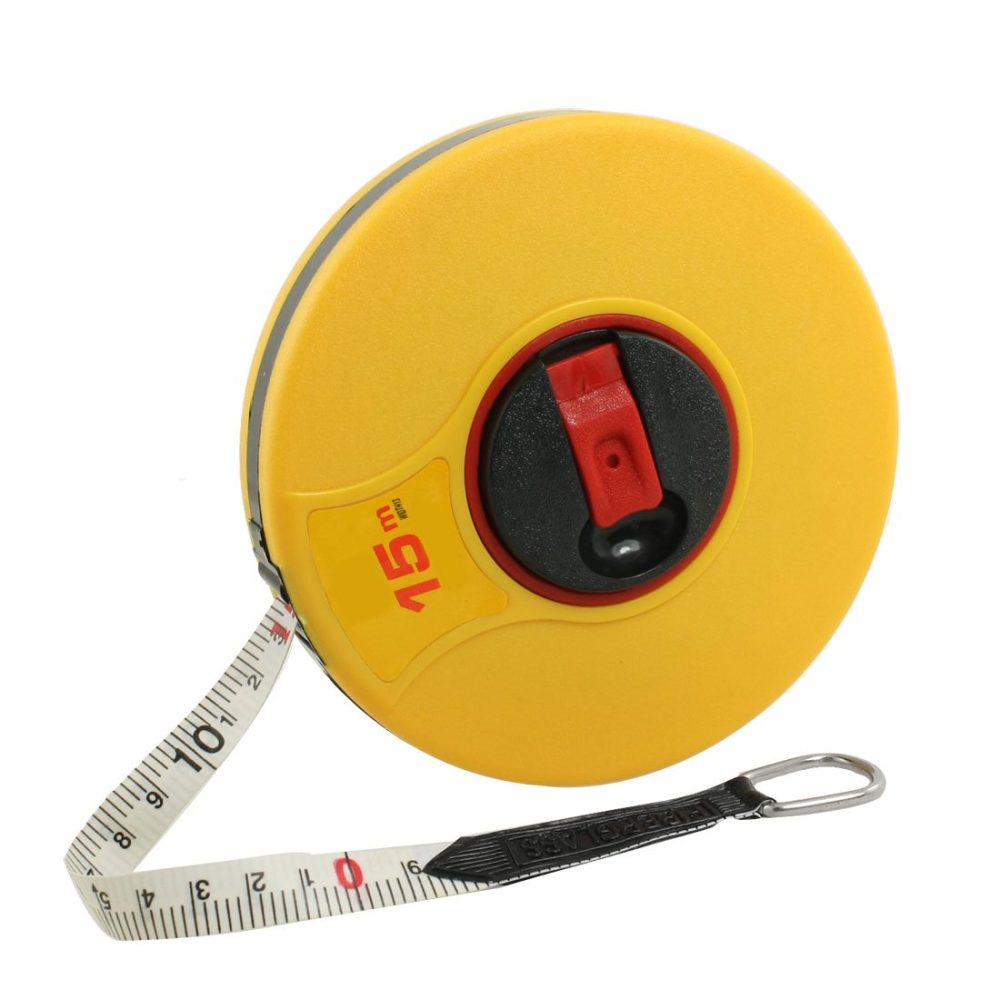
How to Read a Tape Measure: A Guide for Measurements
When embarking on any DIY project, understanding how to read a tape measure is essential for ensuring precise measurements. Whether you’re a seasoned carpenter or a beginner in home improvement, mastering this skill can significantly impact the quality of your work. This comprehensive guide will walk you through the process of reading a tape measure, highlighting key features, common challenges, and practical applications to help you achieve accuracy in all your projects.
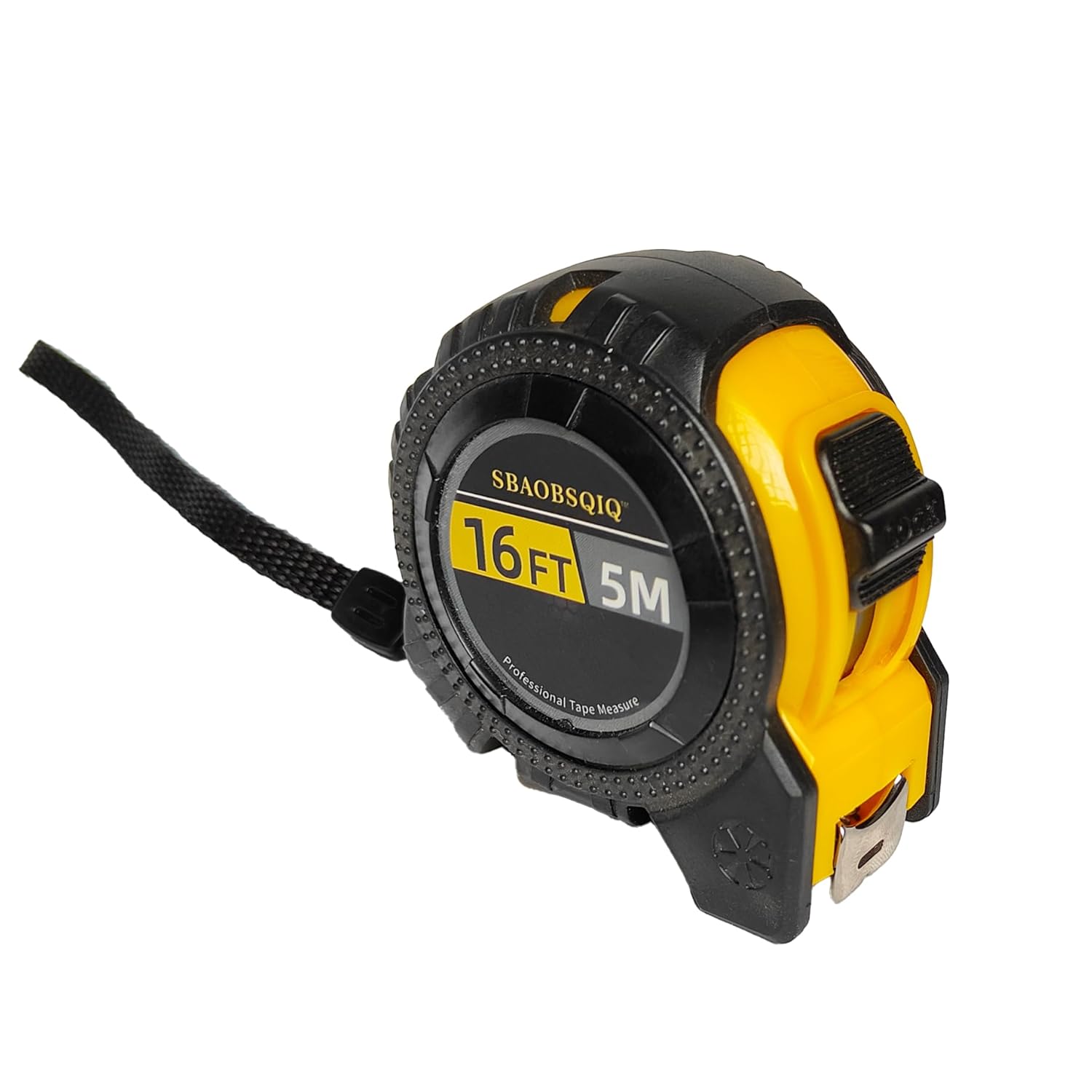 Introduction to Tape Measures
Introduction to Tape Measures
Tape measures are fundamental tools in various trades and household tasks. They provide the means to measure distances, lengths, and dimensions with ease and accuracy. However, for those new to using tape measures, deciphering the markings and understanding their significance can be daunting. By familiarizing yourself with the different components and learning how to interpret the measurements, you can enhance your efficiency and effectiveness in any measuring task.
Different Types of Tape Measures
Before diving into how to read a tape measure, it’s important to recognize that there are several types available, each designed for specific purposes:
- Standard Tape Measures: Commonly found in households and toolkits, these tapes usually measure up to 25 feet and include both metric and imperial units.
- Steel Tape Measures: More durable and resistant to stretching, making them ideal for construction and heavy-duty tasks.
- Flexible Tape Measures: Made from materials like fiberglass, these tapes are bendable and suitable for measuring curved surfaces or soft materials.
- Digital Tape Measures: Equipped with electronic displays, they provide instant readings and can store measurements for easy reference.
Understanding the type of tape measure you are using is the first step in effectively reading and utilizing it for your projects.
Understanding Tape Measure Units
Tape measures typically feature both metric (centimeters and millimeters) and imperial (inches and feet) units. Familiarity with these units is crucial, especially when working on projects that require precise measurements. Most tape measures are marked with the imperial system on one side and the metric system on the other, allowing for versatile use across different applications.
Additionally, tape measures may include fractional markings for more granular measurements, such as eighths or sixteenths of an inch. Recognizing these smaller increments can enhance the accuracy of your measurements, particularly in fields like carpentry and tailoring.
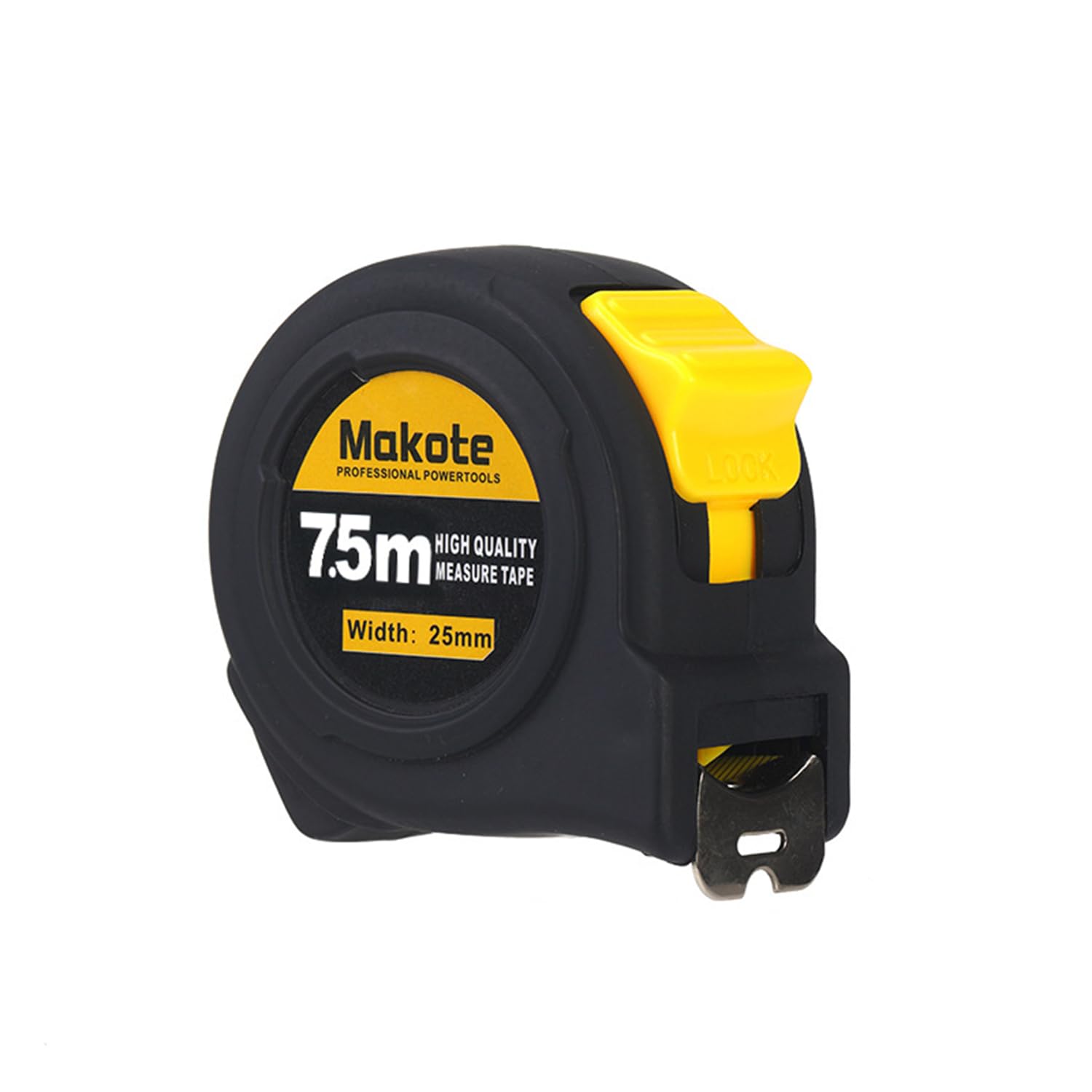 How to Read a Tape Measure Accurately
How to Read a Tape Measure Accurately
Accurately reading a tape measure involves more than just knowing where the numbers are. It requires an understanding of the tape’s markings, how to interpret different units, and the ability to translate these measurements into your project accurately.
Step-by-Step Guide to Reading a Tape Measure
- Identify the Starting Point: Most tape measures begin at zero, but some may have a small hook at the end designed to lock the starting point. Ensure the tape measure is fully extended to avoid measurement errors.
- Understand the Markings:
- Inch Side: The longer lines represent inches, while the shorter lines indicate fractional parts of an inch. Typically, the tape will have marks for half, quarter, eighth, and sixteenth inches.
- Centimeter Side: The metric side usually displays centimeters with smaller tick marks for millimeters.
- Align with Your Object: Place the end of the tape measure at one end of the object you are measuring. Ensure it is straight and taut to get an accurate measurement.
- Read the Measurement: Note where the other end of the object aligns with the tape measure’s markings. If using both metric and imperial units, decide which system you will use for consistency.
- Double-Check: Always verify your measurements by measuring twice to confirm accuracy and prevent mistakes in your project.
Common Pitfalls and How to Avoid Them
While reading a tape measure seems straightforward, several common mistakes can lead to inaccurate measurements:
- Not Starting at Zero: Forgetting to start at the tape measure’s zero mark can result in significant errors, especially in longer measurements.
- Parallax Error: Misaligning your eye with the measurement mark can cause discrepancies. Always ensure you are looking directly at the measurement for precision.
- Not Accounting for the Hook: Some tape measures have a hook that adds or subtracts a slight measurement. Be aware of your tape measure’s design to account for this accordingly.
- Using a Damaged Tape: A tape measure with bent or worn markings can lead to incorrect readings. Regularly inspect your tape measure and replace it if necessary.
By being mindful of these potential issues, you can maintain accuracy and reliability in your measurements.
Practical Applications of Tape Measures
Understanding how to read a tape measure opens up a wide array of practical applications across various fields. From construction to crafting, accurate measurements are the foundation of successful projects.
Carpentry and Construction
In carpentry and construction, precise measurements are crucial for building structures that are sturdy and well-fitted. Whether framing a house, installing cabinetry, or laying out flooring, the ability to read a tape measure accurately ensures that all components fit together seamlessly. It also aids in planning material quantities, reducing waste, and maintaining structural integrity.
Sewing and Crafting
For those involved in sewing and crafting, a tape measure is indispensable for achieving the desired fit and appearance. Whether you’re measuring fabric, patterns, or completed garments, precise measurements ensure that projects turn out as planned. Additionally, understanding how to read a tape measure helps in creating custom-fit items, enhancing the quality and personalization of your work.
Home Improvement Projects
Home improvement projects, such as installing shelves, hanging pictures, or remodeling a room, require accurate measurements to achieve professional-looking results. A tape measure helps in determining the right dimensions for various elements, ensuring that everything fits perfectly within your space. This leads to a more aesthetically pleasing and functional home environment.
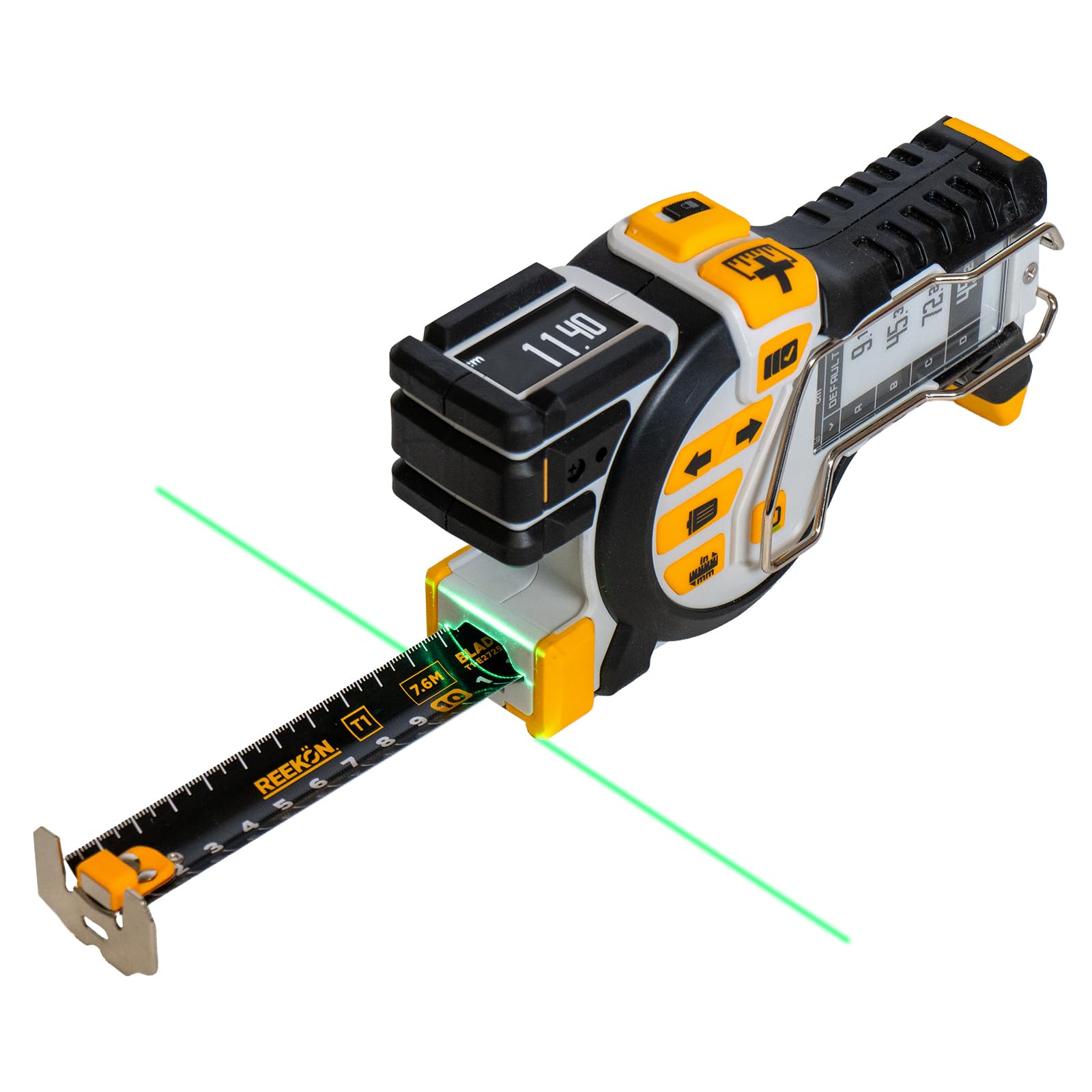 Advanced Tips for Using Tape Measures
Advanced Tips for Using Tape Measures
Once you have mastered the basics of reading a tape measure, incorporating advanced techniques can further enhance your measurement accuracy and efficiency.
Taking Measurements in Difficult Spaces
Measuring in tight or awkward spaces can be challenging. Here are some tips to overcome these obstacles:
- Use a Flexible Tape Measure: Flexible tapes can bend around corners and navigate tight spaces more easily than rigid ones.
- Extend the Tape Fully: Ensure the tape is fully extended without slack to maintain accuracy.
- Mark and Measure: If the space is too cramped to read the tape simultaneously, make a mark at the desired measurement point and then measure from the mark to the start point.
By adapting your techniques to the situation, you can achieve accurate measurements even in difficult environments.
Maintaining Your Tape Measure
Proper maintenance of your tape measure ensures its longevity and accuracy. Follow these guidelines to keep your tape measure in optimal condition:
- Store Properly: Keep the tape measure in a dry place to prevent rusting and damage to the tape.
- Avoid Overstretching: Do not force the tape beyond its maximum length, as this can cause it to warp or break.
- Clean Regularly: Wipe down the tape after use to remove dirt and debris that can obscure markings or cause wear.
- Inspect for Damage: Regularly check for bends, frays, or other damage that can affect measurement accuracy. Replace the tape measure if necessary.
Maintaining your tape measure not only extends its lifespan but also ensures that it remains a reliable tool for all your measuring needs.
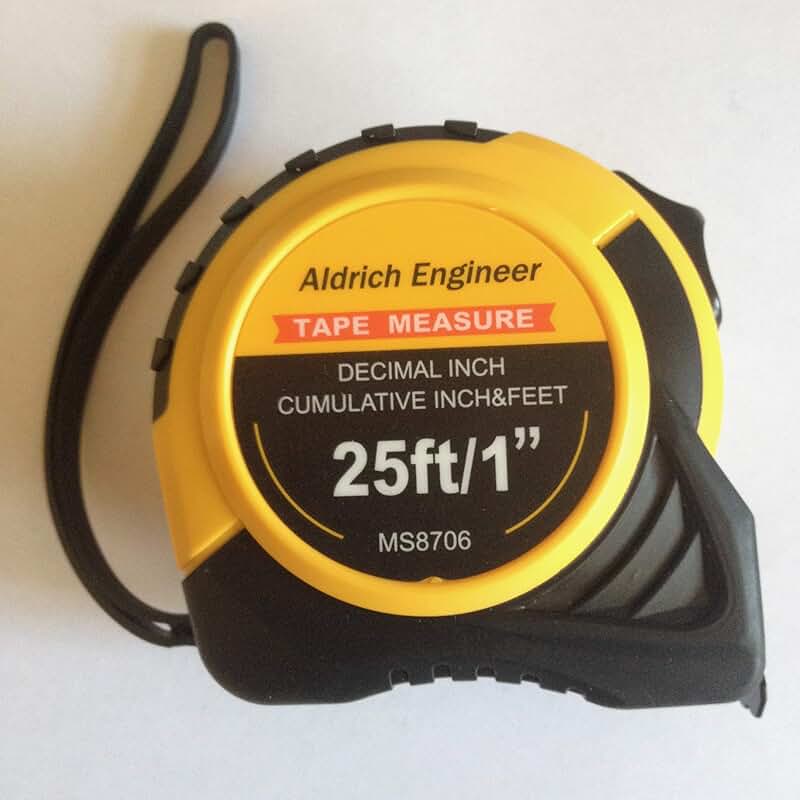 Enhancing Your Measurement Skills
Enhancing Your Measurement Skills
Beyond the fundamental ability to read a tape measure, developing a keen eye for measurements and practicing regularly can significantly improve your overall skills.
Practice Regularly
Consistent practice is essential for mastering how to read a tape measure. Incorporate measuring tasks into your daily activities, such as measuring furniture dimensions or planning room layouts. The more you use the tape measure, the more intuitive its use becomes, leading to quicker and more accurate measurements.
Develop Spatial Awareness
Enhancing your spatial awareness can aid in interpreting measurements more effectively. Visualizing how measurements translate into real-world dimensions helps in planning and executing projects with greater precision. Consider sketching out designs and mapping measurements to improve your spatial understanding.
Use Technology to Complement Measurements
While traditional tape measures are indispensable, combining them with modern technology can further enhance your accuracy. Digital tape measures, laser measuring devices, and smartphone apps can provide additional tools for more complex measurement tasks. Integrating these technologies with your tape measure skills can expand your capabilities and efficiency.
 Conclusion
Conclusion
Mastering how to read a tape measure is a foundational skill that can greatly enhance the quality and precision of your projects. By understanding the different types of tape measures, interpreting various units, and applying practical measurement techniques, you can ensure accuracy in carpentry, crafting, home improvement, and beyond. Additionally, adopting advanced tips and maintaining your tape measure will further support your endeavors, making every project you undertake a success. Whether you are a novice or an experienced professional, the ability to read a tape measure accurately remains a valuable asset in your toolkit.
